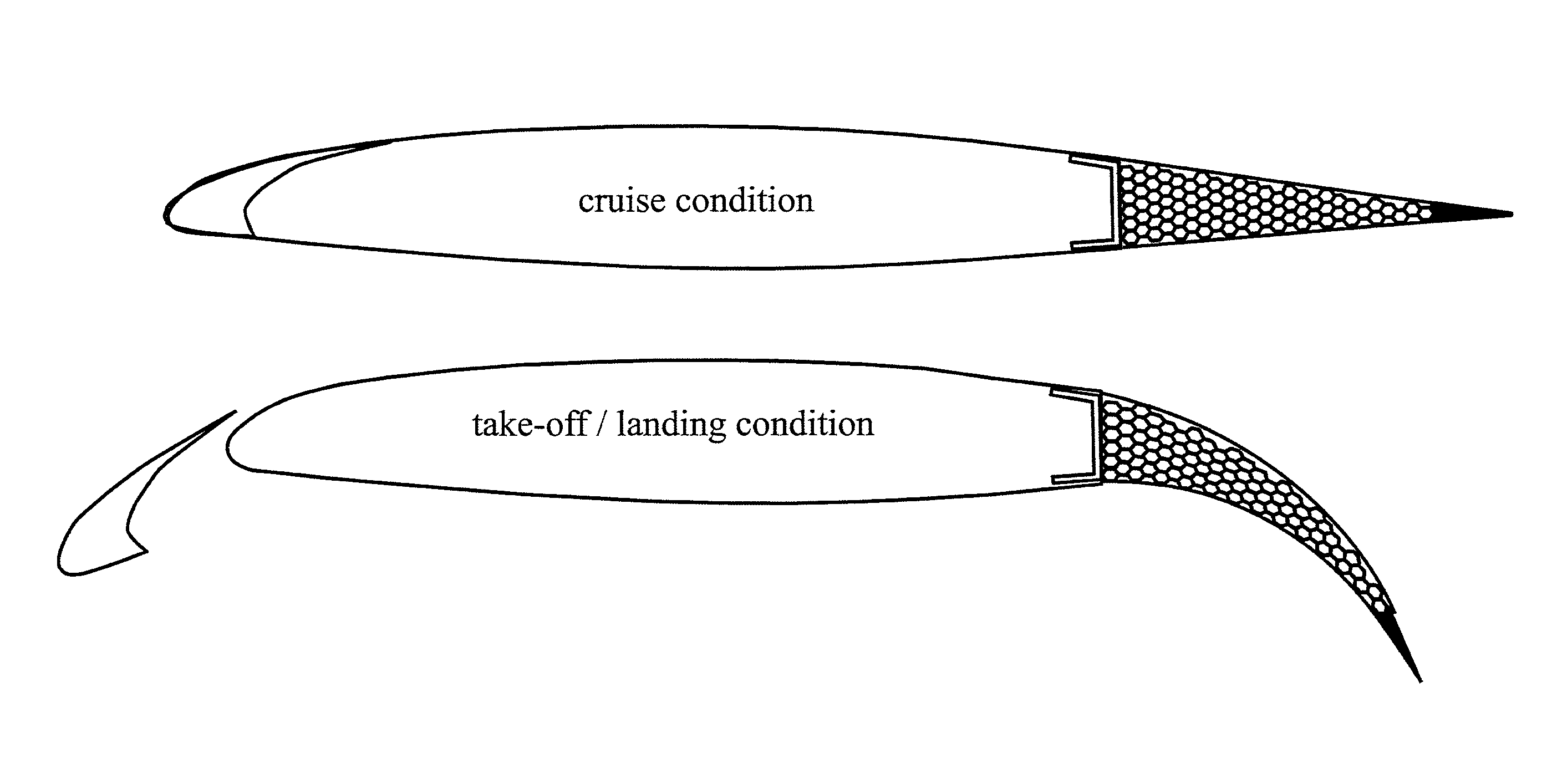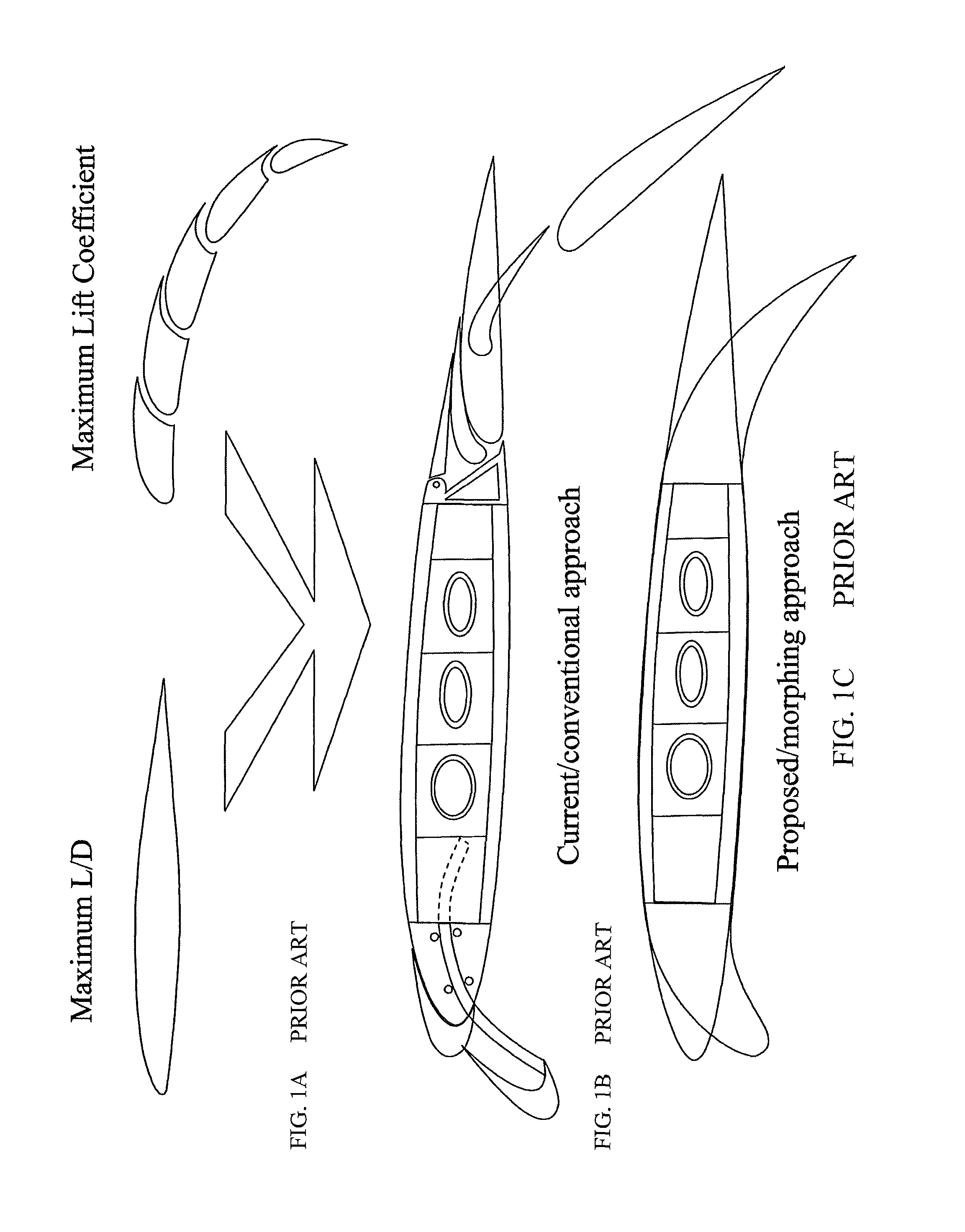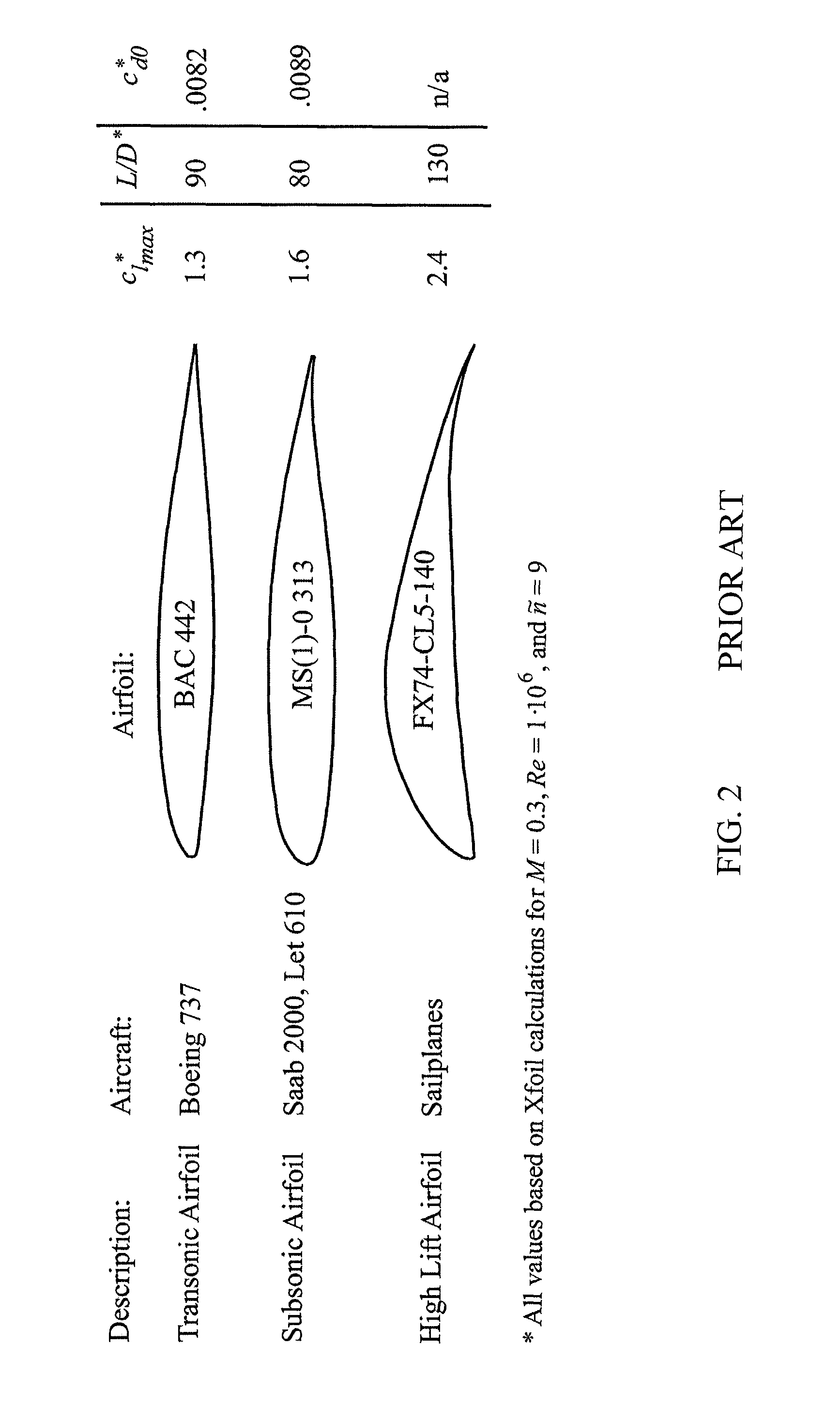Matching the performance of bird morphing in combination with a low weight / energy / complexity penalty has proven to be very challenging.
Morphing wing design is especially challenging because its multidisciplinary nature impacts each of the individual groups or categories directly.
For example, a swing wing can be beneficial from an aerodynamic standpoint; however, it also comes with a weight penalty and requires a completely different structural arrangement, which impacts the production and stress engineering groups.
However, few of the morphing technologies have transferred to the civil realm of aviation.
They can exhibit great strains and apply considerable force.
However, they generally exhibit a large power draw due to energy dissipation and their hysteresis can amount to 38%.
Moreover, their bandwidth is generally poor because of thermal saturation issues [5].
Although these designs accomplish large deformations the structure of multiple parts, hinges, and actuators is complex and occupies most of the internal wing volume.
Piezoelectric materials have a lower single-stroke work density than SMAs and generally a limited stroke and force capability.
Although their energy densities are high, their low transfer efficiency requires a relatively large amount of energy to actuate these materials.
In addition, the actuators are relatively slow.
Sweeping the wing backwards to increase the drag divergence Mach number has had an adverse effect on the low-speed lifting capability of the wing.
In addition, LSAs are highly cost sensitive, which makes the addition of a complicated high-lift device less attractive.
This requires extremely stiff and strong components within the extend / retract mechanism, which generally results in a significant weight penalty.
The flap system complicates the wing's trailing edge structure and introduces electrical systems in relatively thin parts of the wing.
Furthermore, the system adds weight to the wing and increases the cost of manufacturing.
The steep slope of the pressure gradient is an indication that the boundary layer will separate at a lower angle of attack than for the thick airfoil, giving rise to an abrupt drop in lift.
Even though the mechanism could work well, the structure lacks an integral torque box that is essential to provide appropriate levels of torsional stiffness.
Even though the flight tests demonstrated advantages of the wing morphing, there were significant drawbacks to the way the morphing was achieved.
This resulted in a relatively heavy and complex actuation system.
Although effective in providing significant wing deformations and smooth transitions, compliant mechanisms are often much more complicated than the control surfaces they are replacing.
At a certain angle of attack, the bubble bursts, no re-attachment occurs, and a sudden drop in lift results.
It was already shown in the 1950s that modification of the nose of a 35° swept wing could result in significant changes in maximum lift coefficient.
In addition, keeping the nose radius tangent to the upper surface contour of the basic airfoil resulted in an increase in leading edge droop.
Because adaptive flaps are integrally attached to the main wing, they do not benefit from the jet effect that exists when a flap is slotted.
In addition, they lack any Fowler motion.
It also induces a significant increase in pitching moment because of high aft loading.
Extracting this energy from the airstream rather than from actuators reduces the size and consequently the weight of the wing-movable.
In addition, the torsional rigidity of the wing was intentionally weakened which must have decreased the flutter and divergence clearance.
The main drawback of twist-active wings is that there is should always be a trade-off between torsional stiffness on the one hand and actuator sizing on the other hand.
Other disadvantages include (a) the added structural weight that is required to bear the torque load that is introduced by sweeping the wing, (b) reduced flap effectiveness, and (c) a spanwise drift over the wing that increases boundary layer thickness and leads to increased drag and reduced aileron effectiveness.
However, this leads to other inconveniences like added structural weight to bear the bending moment of the wing and less volume for fuel storage.
Even though the effectiveness of this wing was excellent, penalties in terms of complexity and the impossibility to store fuel become clear.
In addition, the complex wing structure in combination with the requirement of powerful actuators led to a very high weight penalty.
Wind tunnel tests successfully demonstrated the morphing mechanism, but were inconclusive about the expected drag reduction at transonic and supersonic speeds.
It might be expected that interference-drag penalties occurring in folded position negate the drag reduction due to increased effective sweep and decreased wing area.
Therefore, morphing structures have been limited to the high lift devices such as flaps and slats.
However, due to insurmountable weight problems associated with the swing-wing mechanism Boeing discarded this morphing concept in favor of a fixed delta wing.
The project was cancelled before one prototype was built due to heavy opposition by (among others) environmentalists.
The morphing wing concepts which were conceived for military applications (e.g. F-111, F-14 and F-18 AAW) are therefore unsuitable for commercial applications.
Maintaining such structures can be costly and is, therefore, unattractive for commercial airliners.
Other disadvantages such as the limited ability to store fuel in the wings or a complex control system have prevented morphing technology from transferring from the experimental military aircraft to modern transport aircraft.
As was mentioned before, because adaptive materials have not been certified for use in primary or secondary aircraft structures, applying them on commercial aircraft is still impossible.
Commercial applications of morphing structures can only be viable if certifiable systems (including certifiable materials) are used, direct operating costs are decreased, and structural integrity is maintained.
 Login to View More
Login to View More  Login to View More
Login to View More 


